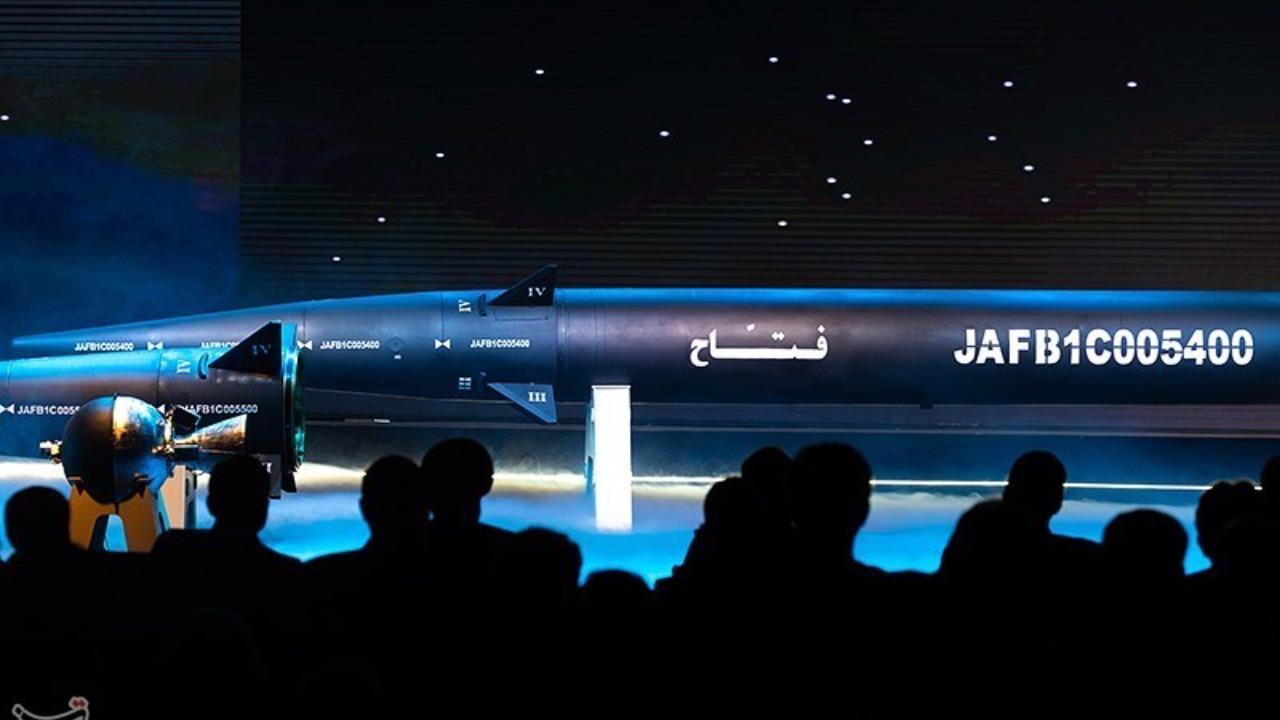
Throughout history, military innovation has led to the development of various experimental weapons, some of which have had profound impacts on warfare. As technology advances, these cutting-edge weapons may resurface and change the landscape of future conflicts. Here, I explore five experimental weapons that could make a comeback.
Railguns
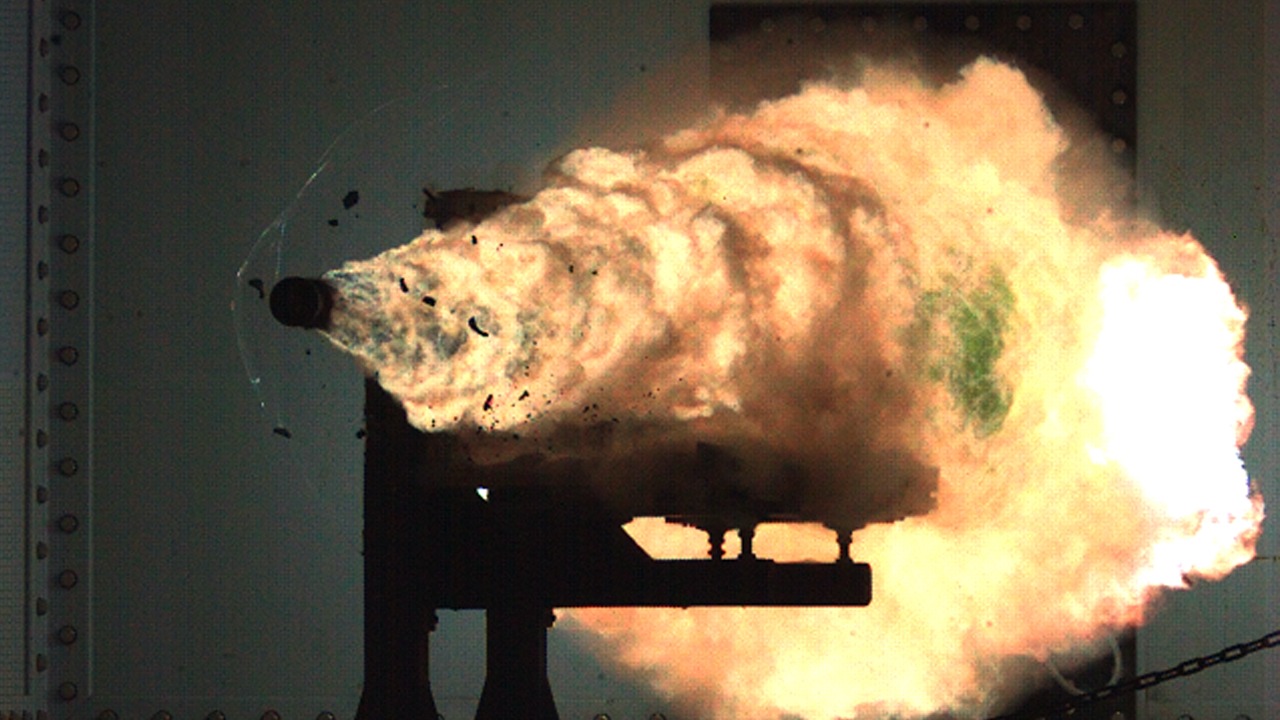
Railguns, which use electromagnetic forces to launch projectiles at incredible speeds, have been a topic of interest for decades. Unlike traditional firearms that rely on explosive propellants, railguns offer the potential for greater range and velocity. This technology could revolutionize naval warfare by allowing ships to strike targets at much greater distances with precision.
Despite their promise, railguns face significant technical challenges, such as the immense power requirements and wear on the components. However, ongoing research and development could overcome these hurdles, making railguns a viable weapon in the future. For more on the topic of experimental weapons, you might find this resource insightful.
Directed Energy Weapons
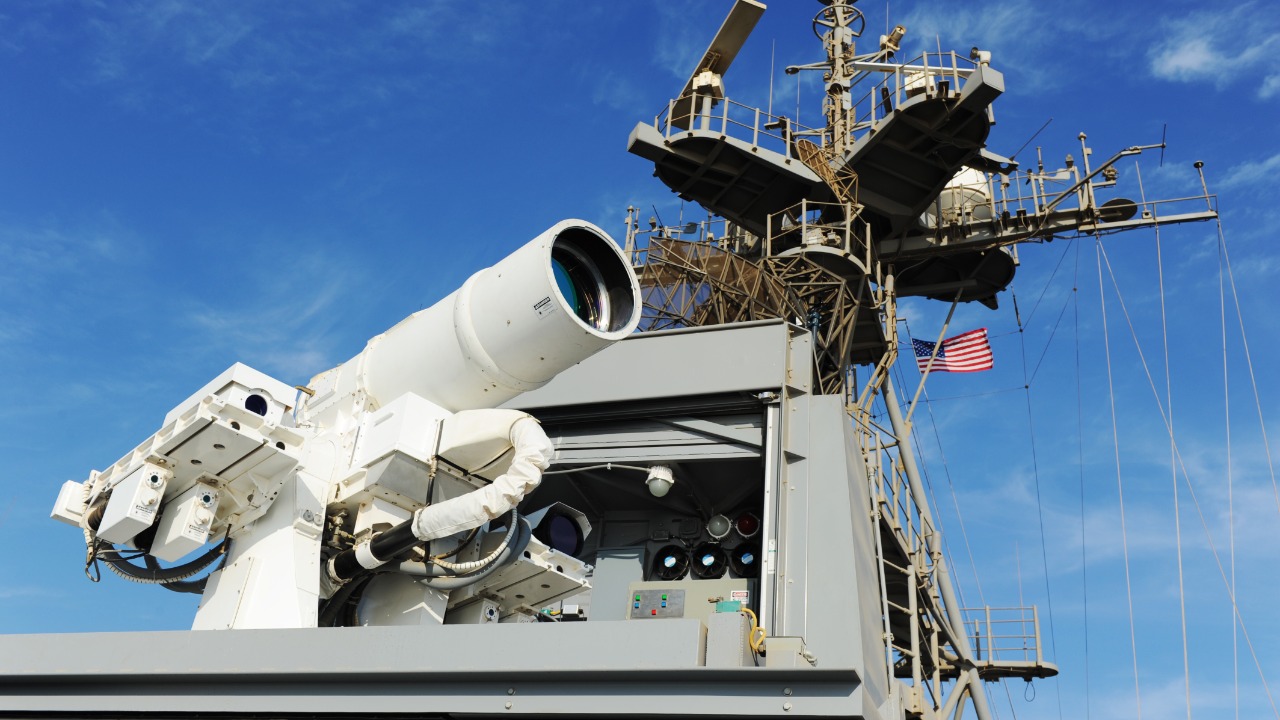
Directed energy weapons (DEWs) use focused energy, such as lasers or microwaves, to damage targets. These weapons offer advantages like speed-of-light delivery and precision targeting, which could be game-changers in both defensive and offensive roles. Military forces are particularly interested in DEWs for their potential to counter threats like drones and missiles.
While the concept of DEWs has been around since the mid-20th century, recent technological advancements have brought them closer to reality. Continued investment in this field suggests that directed energy weapons could soon become a staple in defense arsenals worldwide, offering new strategic options on the battlefield.
Hypersonic Missiles
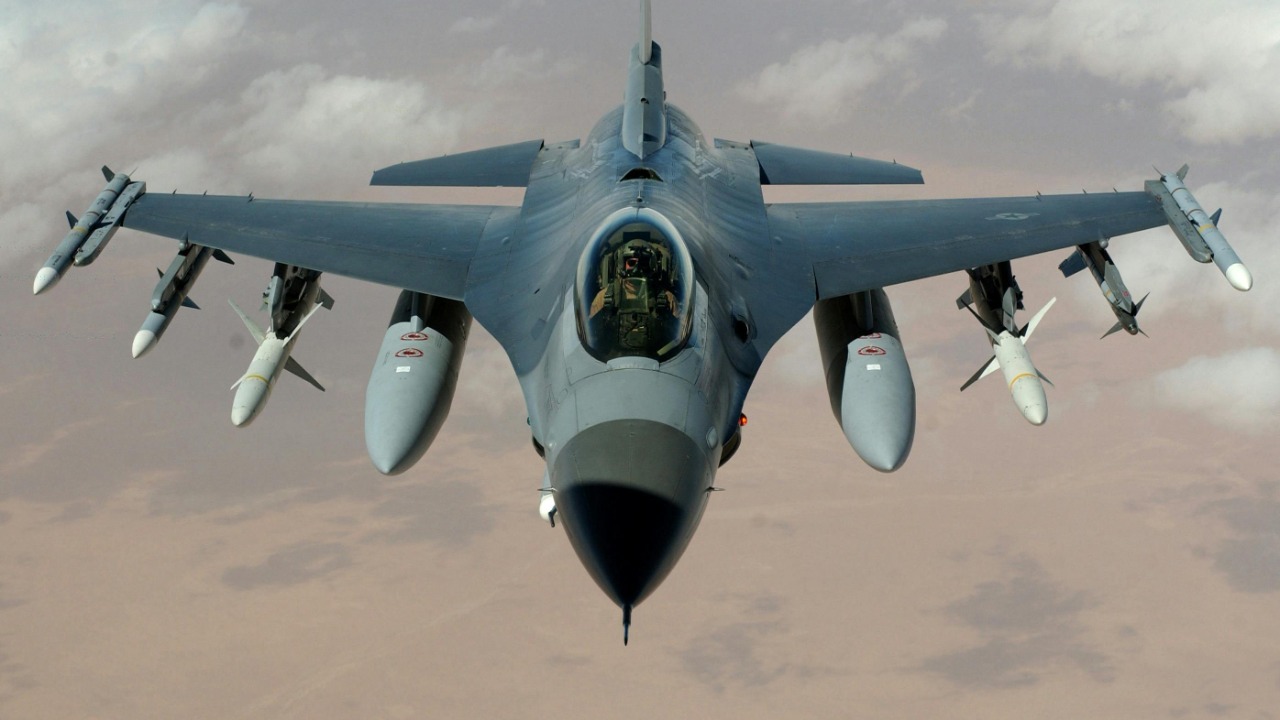
Hypersonic missiles, capable of traveling at speeds greater than Mach 5, represent a significant leap forward in missile technology. These weapons can evade traditional missile defense systems due to their speed and maneuverability, making them a highly strategic asset. Nations like the United States, China, and Russia are actively developing hypersonic capabilities.
The deployment of hypersonic missiles could alter the balance of power, as they offer the potential for rapid, precise strikes with little warning. Their development continues to be a priority for military powers, as highlighted in this analysis of military advancements.
Electromagnetic Pulse (EMP) Devices

Electromagnetic pulse (EMP) devices have the potential to disrupt or destroy electronic systems over a wide area, making them a powerful tool in modern warfare. These devices can be used to disable communications, radar, and other critical infrastructure, thereby crippling an adversary’s ability to respond effectively.
While EMPs can occur naturally, such as during solar flares, weaponized versions have been explored by various countries. The challenge remains in delivering an EMP without causing unintended collateral damage. Continued interest in EMP technology suggests it may play a role in future conflicts, as discussed in this publication.
Autonomous Combat Drones
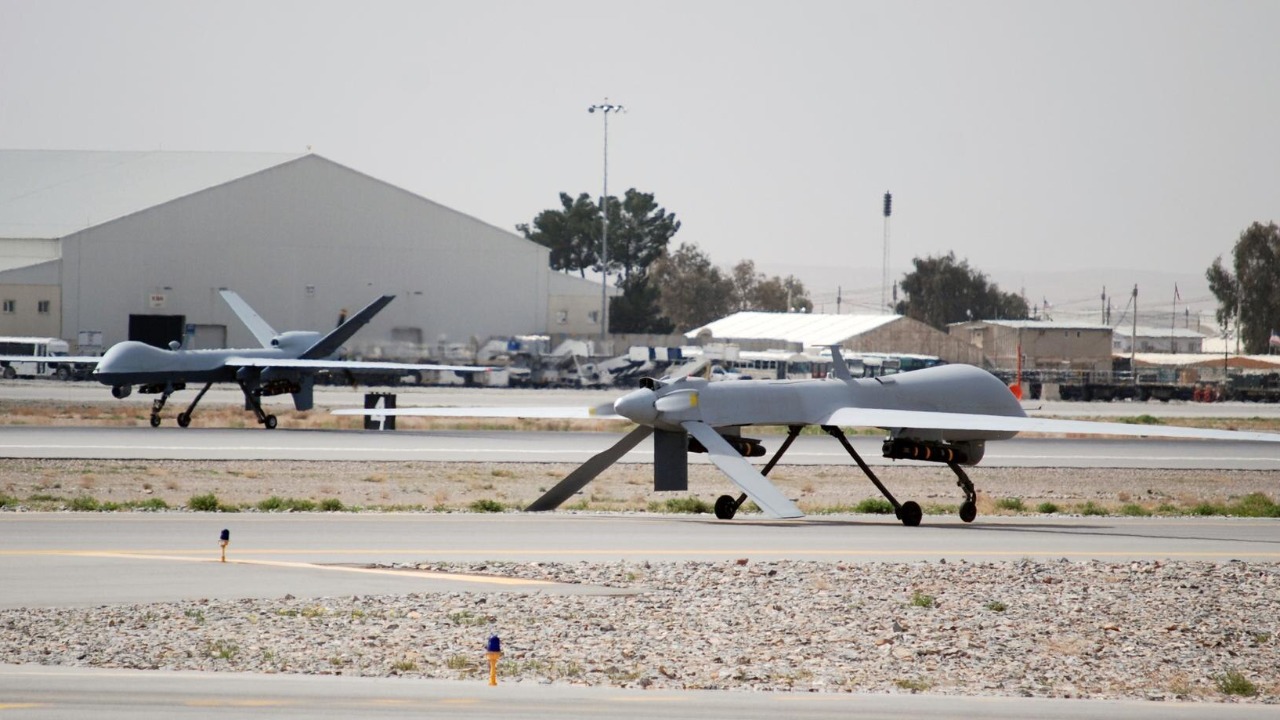
Autonomous combat drones are emerging as a significant force multiplier on the battlefield. Unlike traditional drones that require human operators, these advanced systems can make decisions and carry out missions independently. This autonomy allows for faster response times and reduced risk to human personnel.
The use of autonomous drones raises ethical and strategic questions, particularly regarding decision-making in lethal scenarios. Nonetheless, as technology progresses, these drones could become integral to military operations. For an example of how cutting-edge technologies are reshaping military strategy, consider this video on military innovations.